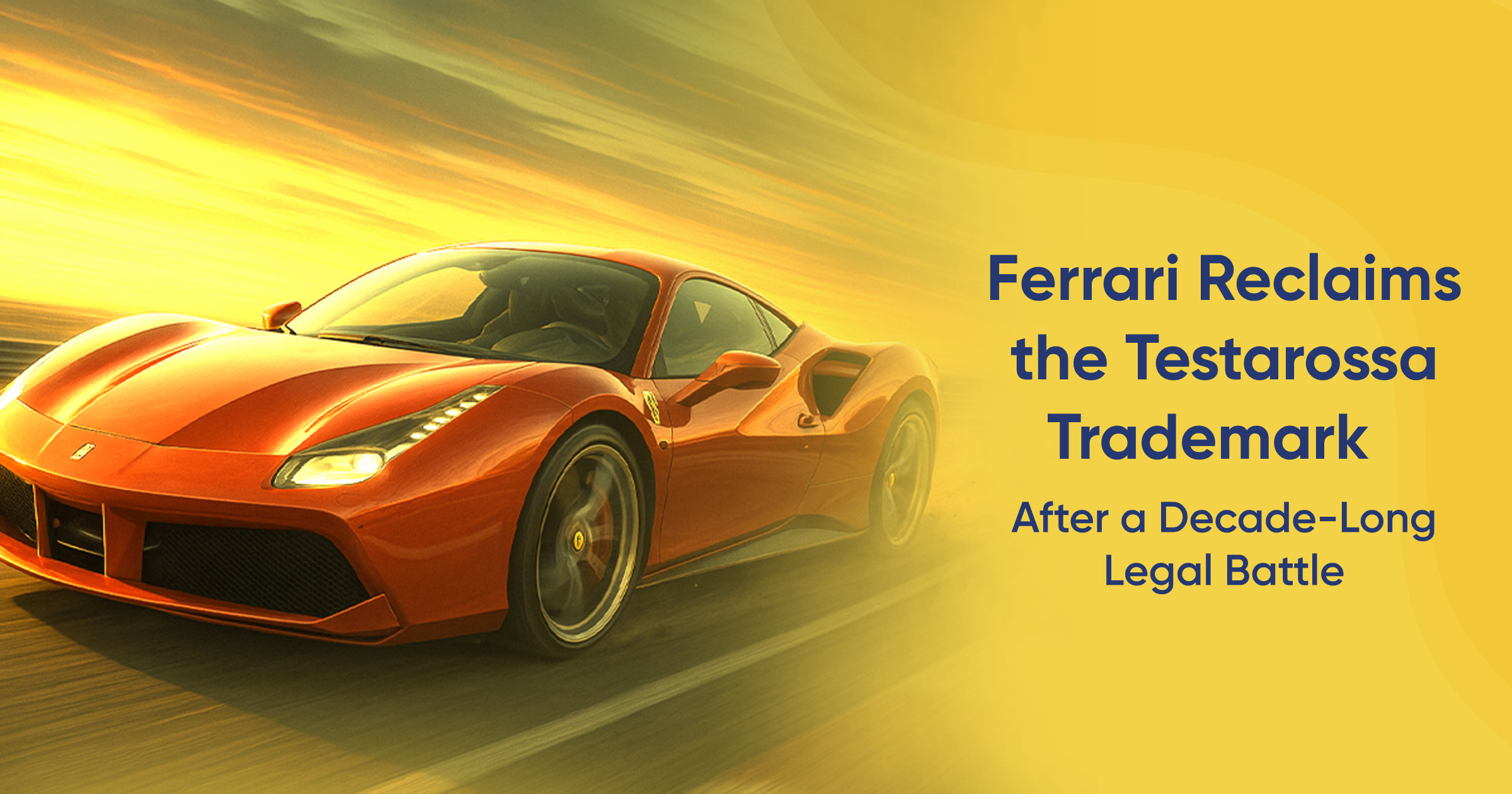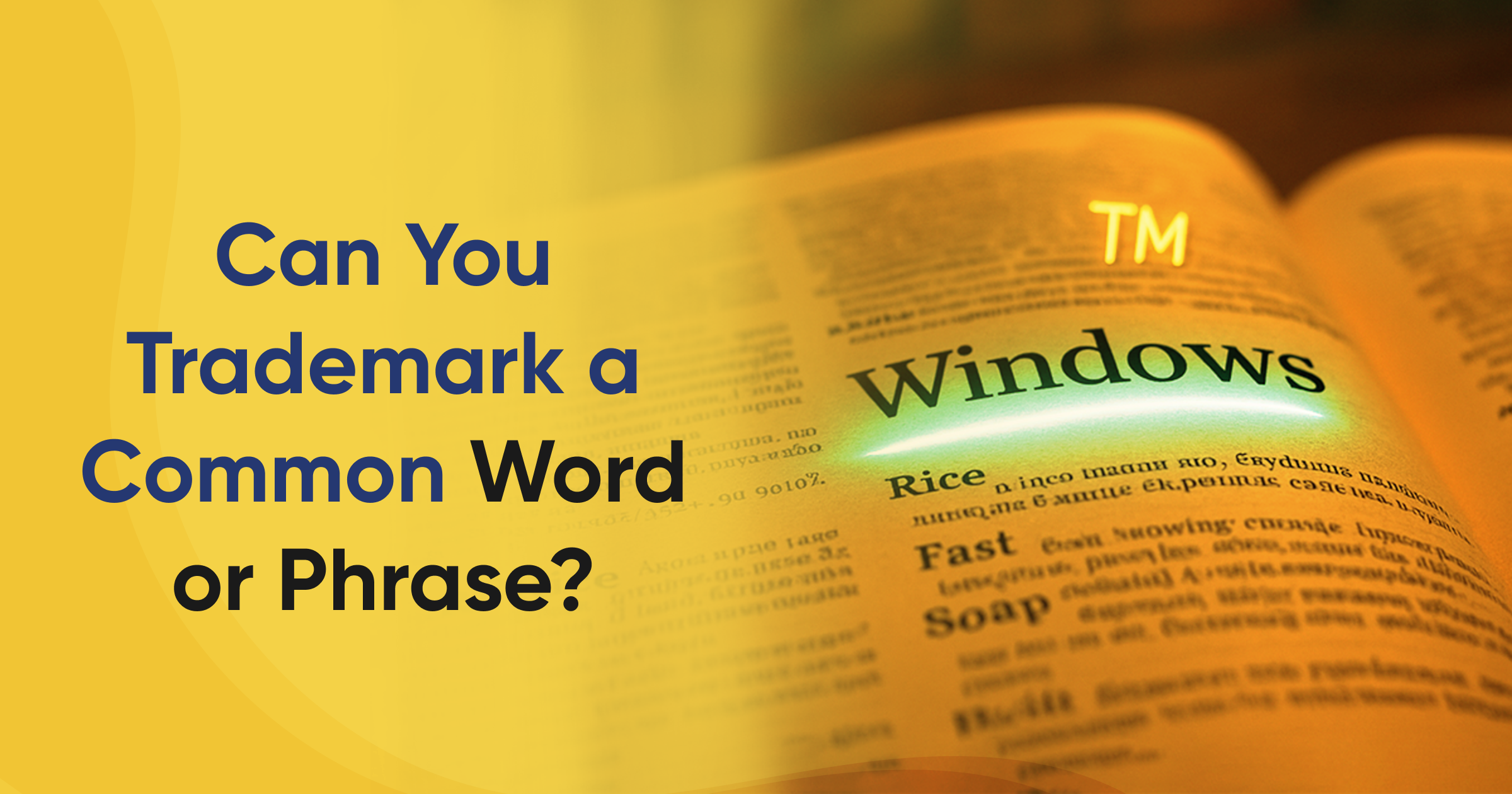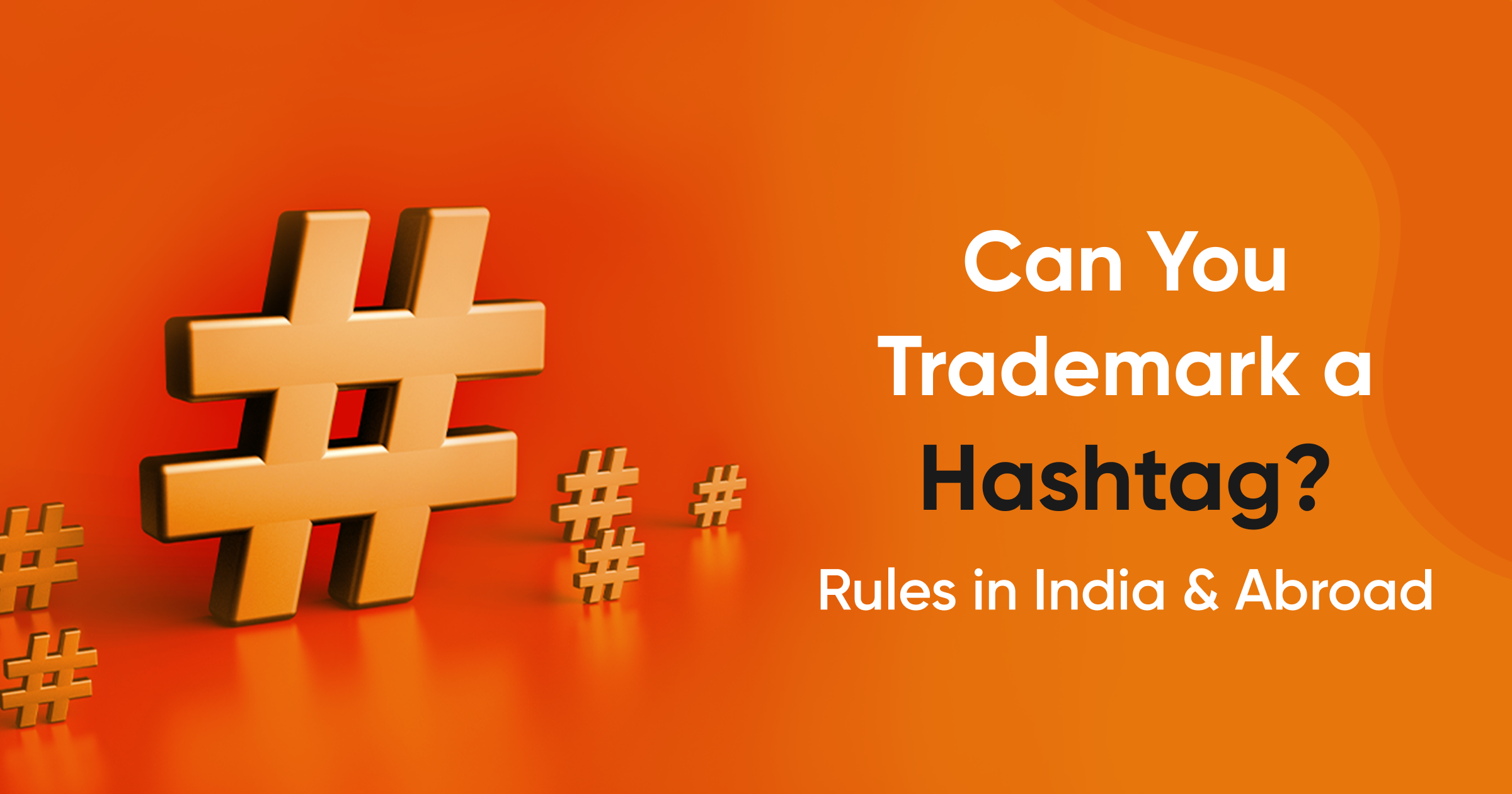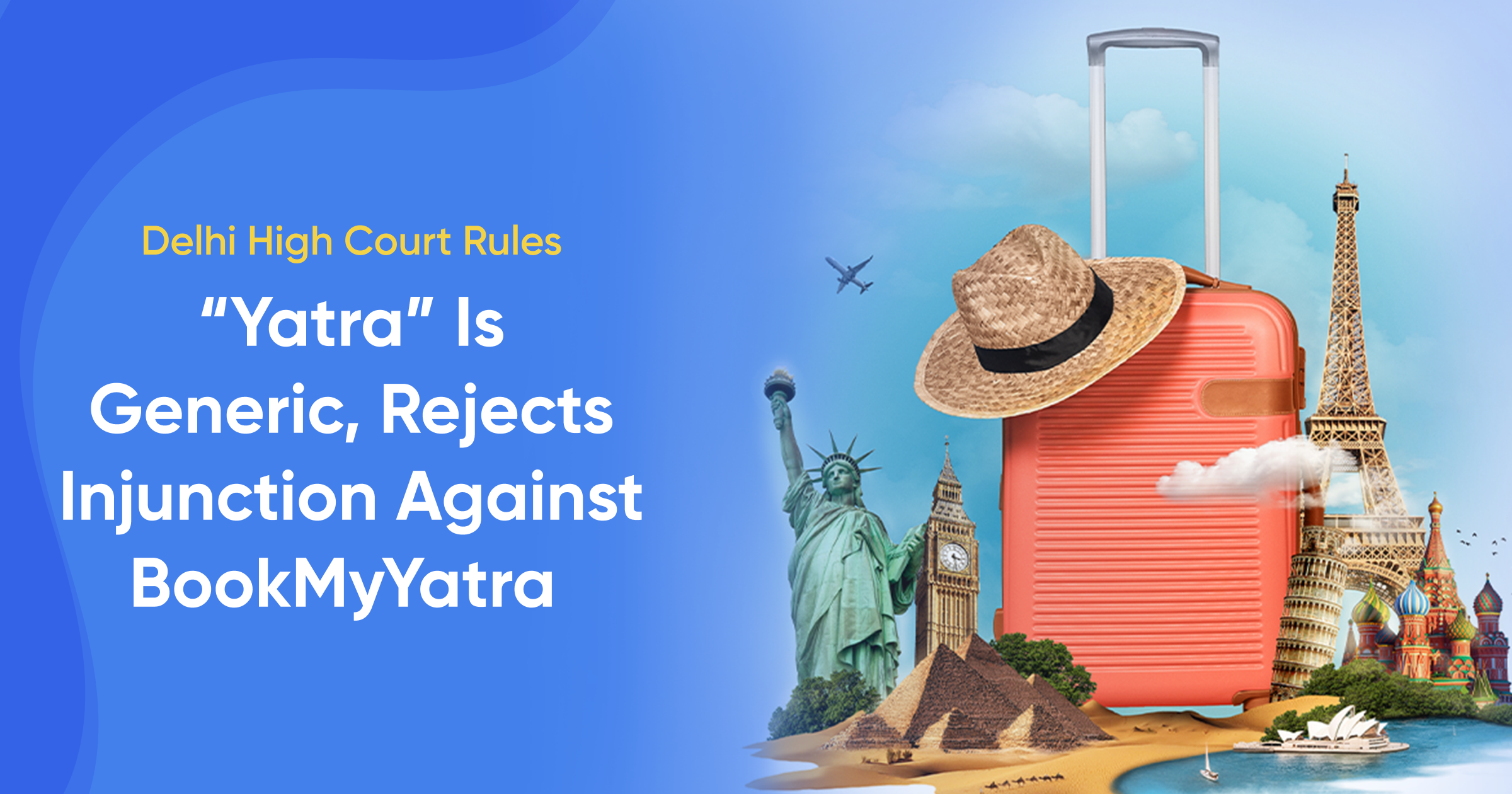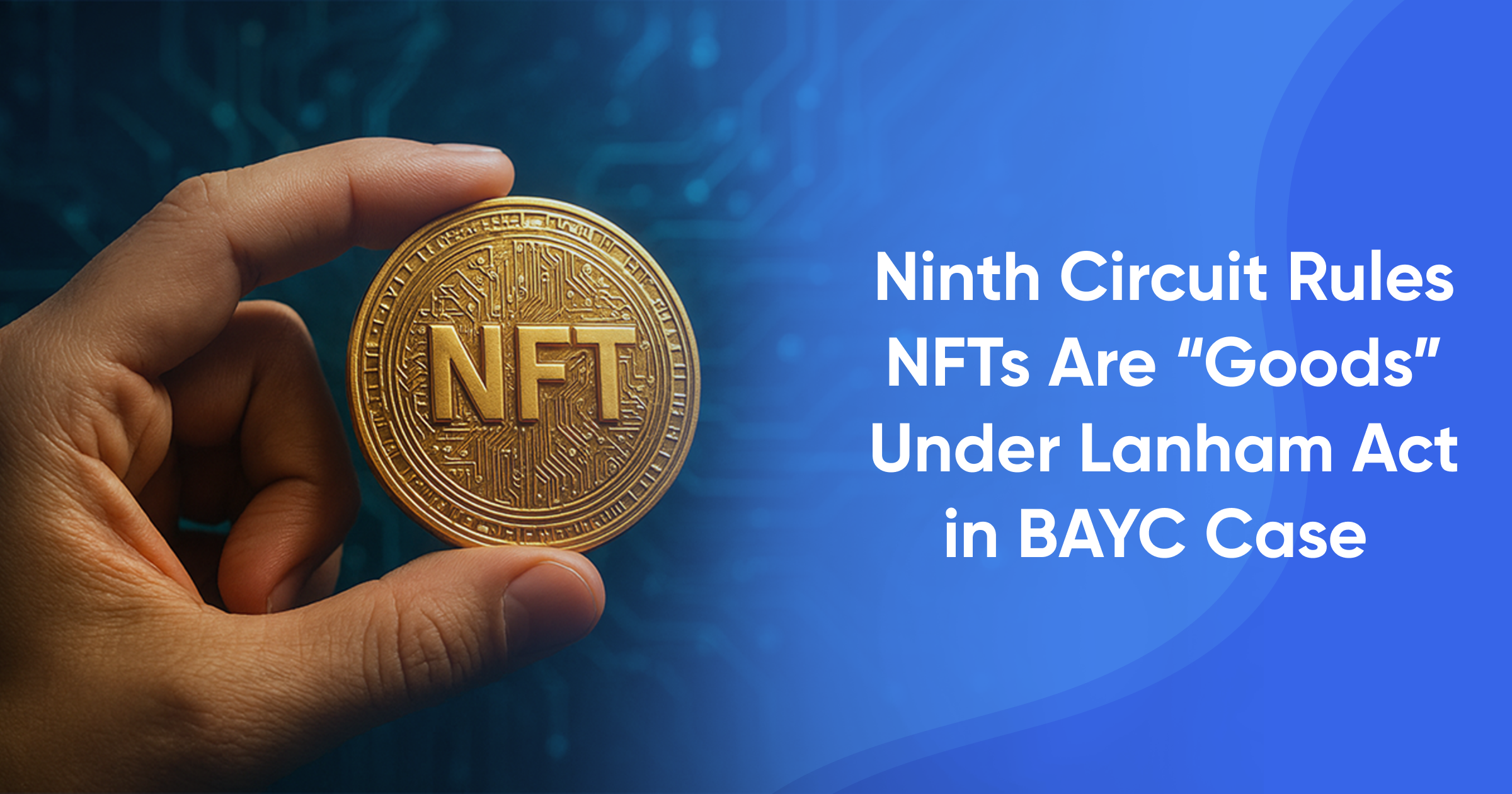Raise a glass of prosecco, Ferrari has just scored a significant legal victory that could influence how classic car brands protect their names. After nearly a decade of courtroom disputes, the iconic Italian automaker has regained exclusive rights to the Testarossa trademark.
This is more than just a win for Ferrari’s lawyers. It’s a landmark ruling clarifying what counts as “genuine use” of a trademark in the European Union, and it could affect any company that wants to preserve heritage model names long after production stops.
The legal battle: what went wrong in 2023?
Ferrari faced trouble when the EU Intellectual Property Office removed the Testarossa trademark. German toymaker Autec claimed Ferrari hadn’t used the name between 2010 and 2015. Under EU law, unused trademarks risk cancellation after five years. Autec filed a non-use cancellation request based on this rule. Ferrari appealed the decision to the EU General Court immediately.
Ferrari’s defense: genuine use beyond manufacturing
Ferrari no longer makes the Testarossa, but it still uses the name. The company licenses it to third-party model makers and toy companies. Authorized dealerships sell certified pre-owned Testarossas with Ferrari’s approval. That counts as genuine use under EU trademark law. Ferrari’s official checks validate every Testarossa sold by dealerships. The court agreed that this continuous brand engagement kept the name active.
EU top court’s 2020 ruling supports Ferrari
Ferrari’s legal team used a 2020 EU court ruling as evidence. The ruling confirmed that resale with brand involvement equals genuine use. Ferrari’s link to secondhand Testarossas helped it win the appeal. It showed the company wasn’t just selling old cars, it was involved. Authorized dealerships provide quality assurance and verify authenticity. That connection proved Ferrari kept the Testarossa trademark alive.
The court emphasized brand heritage as a key part of trademark use. Ferrari’s Testarossa stayed active through legacy, resale, and collectibles. Vintage cars with authentication programs hold legal weight in trademark disputes. Scale models and parts licensed under the brand also qualify as genuine use. Ferrari never stopped engaging with its Testarossa name, just in a new form.
Dev Gangjee weighs in:
Dev Gangjee, Oxford professor, supported the court’s view. He noted Ferrari's dealership network reassured customers in the luxury used-car market. This trust in quality proves that Ferrari continued to use its trademark commercially. The court agreed and highlighted the Testarossa's lasting commercial presence.
The iconic Ferrari Testarossa
Ferrari produced the Testarossa between 1984 and 1991. It featured a 4.9-liter flat-12 engine and iconic side strakes. The car went from 0 to 60 mph in 5.2 seconds. It reached a top speed near 180 mph. The Testarossa appeared in Miami Vice and Out Run video games. It became a cultural symbol of 1980s performance and luxury.
Ferrari registered the Testarossa trademark in the EU in 2007. It covered cars, parts, and licensed scale models. The company certified pre-owned models through official dealership programs. Authenticity checks included engine numbers, paperwork, and branding. Third-party brands sold licensed Testarossa scale replicas to global fans. This combined use helped Ferrari maintain trademark rights successfully.
What this means for other brands
Ferrari’s win sets a strong legal precedent in the EU. Trademark owners can now cite resale and licensing as genuine use. Brands should engage actively with legacy products to keep trademarks safe. The ruling protects iconic names from opportunistic non-use claims. It showed how legacy, resale, and licensing protect brand identity. This case reminds brands to stay engaged with their trademarks. We at Trademarkia help brands defend and secure their trademarks globally. Our IP experts are always there to support you and guide you to your success. Visit our Trademarkia India to safeguard your years of hard work.
